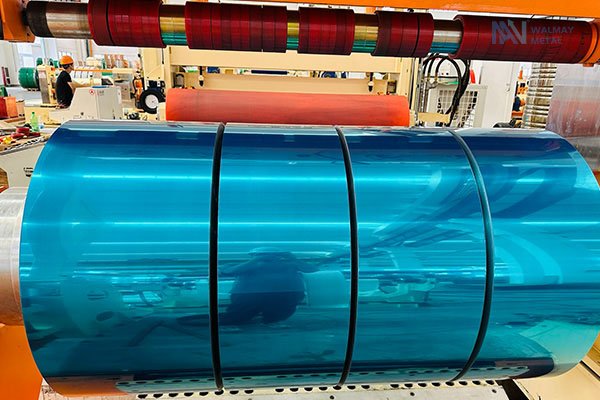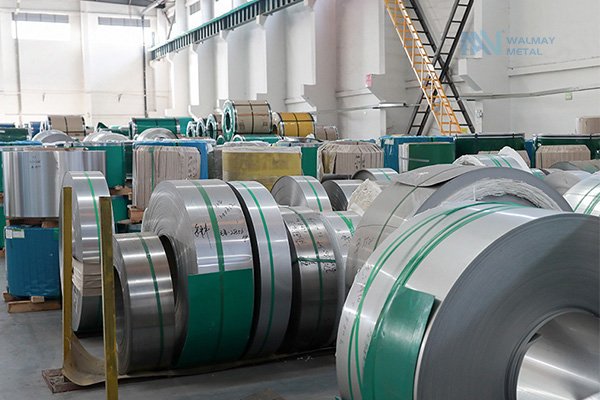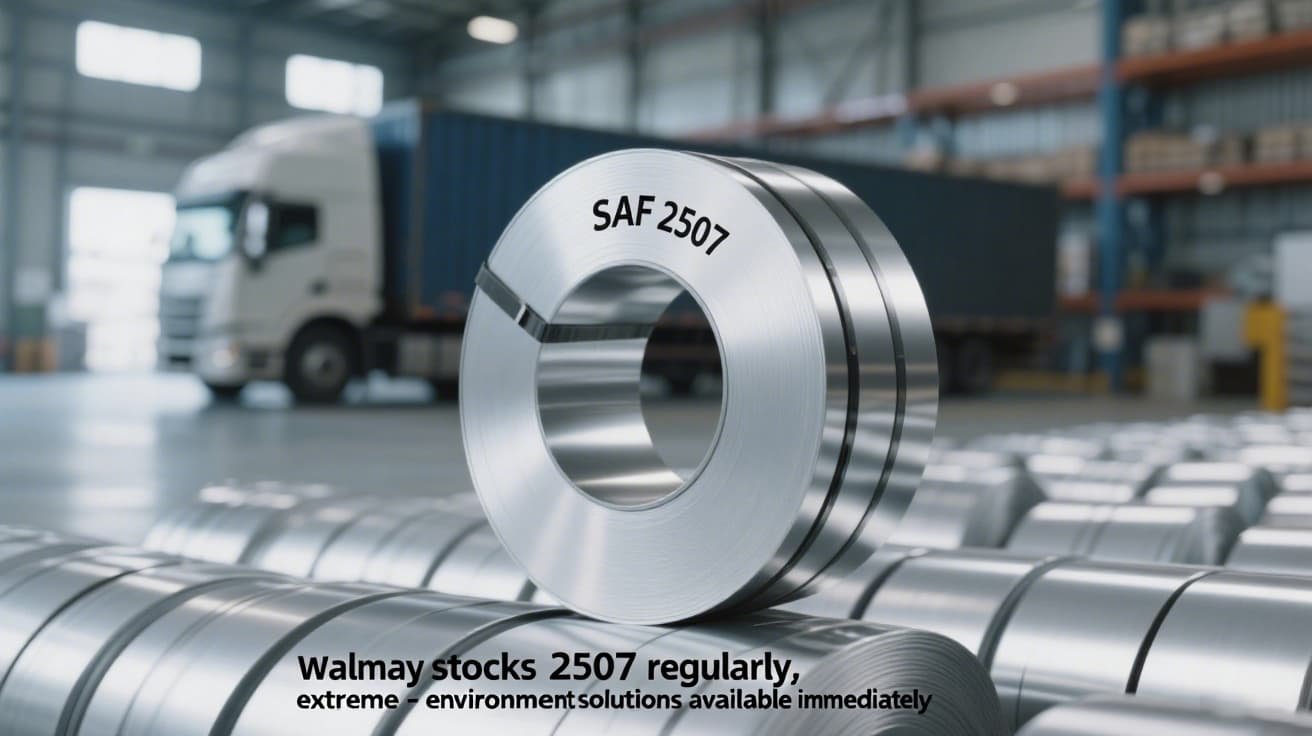Can 201 Stainless Steel Be Used for Kitchen Cabinets? Disadvantages of 201 Stainless Steel
Introduction
When choosing materials for kitchen cabinets, stainless steel is a popular option due to its durability and modern appearance. However, not all stainless steel grades are equal.
201 stainless steel is often considered a budget-friendly alternative to 304 stainless steel, but is it suitable for kitchen cabinets?
In this article, we’ll explore:
✔ Can 201 stainless steel be used for kitchen cabinets?
✔ Key disadvantages of 201 stainless steel
✔ How it compares to 304 stainless steel
✔ Best alternatives for kitchen cabinets
As a leading stainless steel sheet supplier, Walmay Steel provides high-quality materials for various applications. Let’s dive in!
Can 201 Stainless Steel Be Used for Kitchen Cabinets?
Yes, 201 stainless steel can be used for kitchen cabinets, but with significant limitations. While it is cheaper than 304 stainless steel, it has several drawbacks that affect its durability and appearance:
Dull, Spotty Surface: 201 stainless steel lacks the polished shine of 304, often appearing darker with black spots.
Lower Nickel Content: With less nickel, it is more prone to rust and corrosion.
Shorter Lifespan: Cabinets made from 201 stainless steel degrade faster, especially in humid or acidic environments.
If you prioritize longevity and aesthetics, 304 stainless steel is a far better choice.
Disadvantages of 201 Stainless Steel
1. Poor Acid & Corrosion Resistance
201 stainless steel contains less nickel (typically 1-2%) compared to 304 stainless steel (8-10%), making it more susceptible to rust.
Example: If water sits on a 201 stainless steel cabinet, it may develop rust stains that penetrate the metal, whereas 304 stainless steel resists corrosion better.
2. High Carbon Content (Prone to Oxidation)
201 stainless steel has higher carbon content, leading to faster oxidation in acidic environments.
Health Risk: When used in water kettles or food containers, 201 stainless steel can release iron oxide (rust), which may affect liver health if consumed over time.
3. Low Nickel Content (Weak Structure)
201 stainless steel is more brittle and prone to cracking, especially in cold climates.
Scratch-Prone: A simple scratch on 201 stainless steel leaves deep marks, while 304 stainless steel can be polished to restore its finish.
201 Stainless Steel vs. 304 Stainless Steel for Kitchen Cabinets
| Property | 201 Stainless Steel | 304 Stainless Steel |
| Nickel Content | 1-2% | 8-10% |
| Corrosion Resistance | Low (rusts easily) | High (resists rust) |
| Surface Finish | Dull, spotty | Bright, polished |
| Durability | Prone to cracks | Long-lasting |
| Best For | Budget projects, non-humid areas | Kitchen cabinets, medical equipment |
Conclusion: If you want long-lasting, rust-resistant kitchen cabinets, 304 stainless steel is the superior choice.
Best Stainless Steel Alternatives for Kitchen Cabinets
If 201 stainless steel isn’t ideal, consider:
✔ 304 Stainless Steel – Best for corrosion resistance & durability
✔ 316 Stainless Steel – Even higher rust resistance (great for coastal areas)
✔ Powder-Coated Stainless Steel – Adds extra protection against scratches
Looking for high-quality stainless steel sheets?
🔗 Walmay Steel – Stainless Steel Sheet Supplier
Final Verdict: Should You Use 201 Stainless Steel for Cabinets?
While 201 stainless steel is cheaper, its low nickel content, poor corrosion resistance, and brittle nature make it a risky choice for kitchen cabinets. 304 stainless steel is a far better investment for long-term durability.
Need expert advice on stainless steel selection?
📞 Contact Walmay Steel today!
Tabs:stainless steel coil ,304 ss coil
Table of Contents
Recent Posts
-
 2205 vs 2507 Duplex Stainless Steel: Choosing Your Industrial Champion24 7 月 2025
2205 vs 2507 Duplex Stainless Steel: Choosing Your Industrial Champion24 7 月 2025 -
 430 Stainless Steel: The Cost-Effective Workhorse You Should Know About22 7 月 2025
430 Stainless Steel: The Cost-Effective Workhorse You Should Know About22 7 月 2025 -
Alleima's New Super Duplex Stainless Steel Revolutionizes Urea Industry21 7 月 2025
-
 304 vs 316 Stainless Steel: Which Should You Choose?18 7 月 2025
304 vs 316 Stainless Steel: Which Should You Choose?18 7 月 2025
Have Any Question?
High-quality manufacturers in the stainless steel industry, feel free to ask









